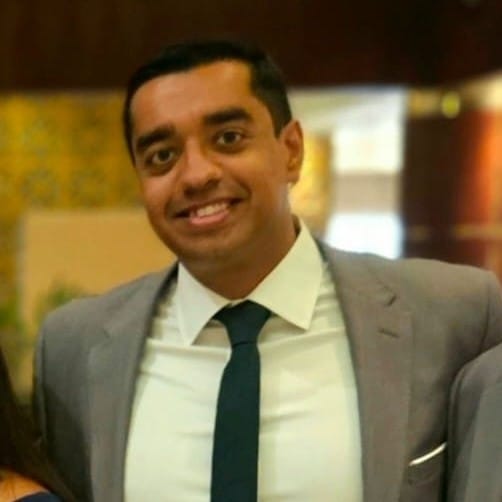Building a Culture of Focus in a Distracted World
We live in a world where constant connectivity has become the norm. Slack notifications, email pings, and calendar invites seem to multiply overnight. For many teams, especially those operating with limited headcount or resources, the challenge isn’t just deciding what to work on but creating the conditions to actually get that work done well.
This isn’t just a productivity problem. It’s a culture problem.
🎯 The Problem: Busy ≠ Impactful
Even as organizations narrow their focus and align around fewer, more strategic priorities, there’s often a disconnect between team-level strategy and individual execution.
Our default way of working is reactive. Slack-heavy and interrupt-driven which makes it nearly impossible for individual contributors to find deep, uninterrupted time. Context-switching kills momentum, and without momentum, impact gets diluted.
If we want meaningful progress, we need to rethink how we protect focus.
🔍 The Theory: Focus as a Cultural Instrument
Focus isn’t just about task lists or priorities. It’s about creating an environment where people can carve out mental space and working patterns that enable their best work.
Put differently: focus isn’t just a personal discipline. It’s a cultural norm.
If leaders don’t model it, if teams don’t respect it, and if systems don’t support it, individuals will always struggle to sustain it.
🛠️ Ways to Build a Culture of Focus
Here are some tactical shifts that any team (big or small) can adopt:
Treat “No-Meeting Days” as Sacred
Designating one day a week (Wednesdays for example) as meeting-free can give teams a shared deep-work rhythm. But it only works if everyone commits:
- Avoid scheduling recurring or ad-hoc meetings
- Normalize declining invites that break the boundary
- Treat it as a company-wide reset button for focus
Some companies even share lightweight dashboards showing how well they’re holding the line. Visibility builds accountability.
Normalize Focus Blocks
Everyone should feel empowered to block 1–2 hours of “heads down” time on their calendar without apology. That means:
- Muting Slack and email during that block.
- Using status updates like “👨💻 Heads down until 2PM.”
- Managers supporting (not questioning) these blocks as legitimate workflow, not exceptions.
Teams can set aside shared focus blocks so collaboration and reviews still flow without constant interruption.
Set Communication Standards
Slack is powerful, but it shouldn’t dictate our attention. A few cultural shifts help:
- Clear response-time norms (e.g., async replies within 1–4 hours unless urgent).
- Bundled messages instead of drive-by pings.
- Guidelines for when it’s okay to “break through” muted notifications.
Canned Slack replies like “I’m in focus mode, will reply after 2PM” make it easier to protect time without friction. You can add this to your status to make it even more clear.
Shift the Prioritization Mindset
Encourage people to define their “One Thing” (or “Top 3”) for the day:
- What’s the single most important thing you want to accomplish today?
- Which three tasks would make today successful?
- Are today’s interruptions really more important than those?
Managers can reinforce this in 1:1s by starting with: “What’s your one thing today?”
Use Tools to Block Distractions
Technology can protect us as much as it distracts us:
- Set working hours in Google Calendar.
- Use Do Not Disturb on Slack or your phone.
- Tools like Opal can block social media triggers during work hours.
- I’ve personally been experimenting with Opal and the simple act of making social media unavailable during the day has been a game changer
Reset your recurring meetings regularly
When working in a team, it's very common to have quite a few regularly scheduled meetings. It can be anything from sprint rituals, check-ins, update meetings, etc. These can build up over time and it's important to take some time to re-evaluate the usefulness of those meetings. They may not actually be required.
You can do a quarterly audit of those and remove what isn't necessary or can be moved to an asynchronous flow. If you have less of those recurring meetings, that enables individual contributors to have more time to focus on the tasks at-hand.
💬 Questions Worth Asking
As you evolve your culture of focus, keep asking:
- Are we modeling the behaviors we want to see?
- Do our tools and norms enable deep work—or sabotage it?
- Are we clear on what not to do each week?
- How often are we mistaking “being busy” for “being impactful”?
📣 The Takeaway: Focus Is a Shared Responsibility
Focus doesn’t come from individuals alone, it’s something we build together. By protecting time, setting clear expectations, and prioritizing fewer things more deeply, we give ourselves the best shot at meaningful impact.
Because in the end, great work isn’t about doing more. It’s about doing the right things, well.


Discussion